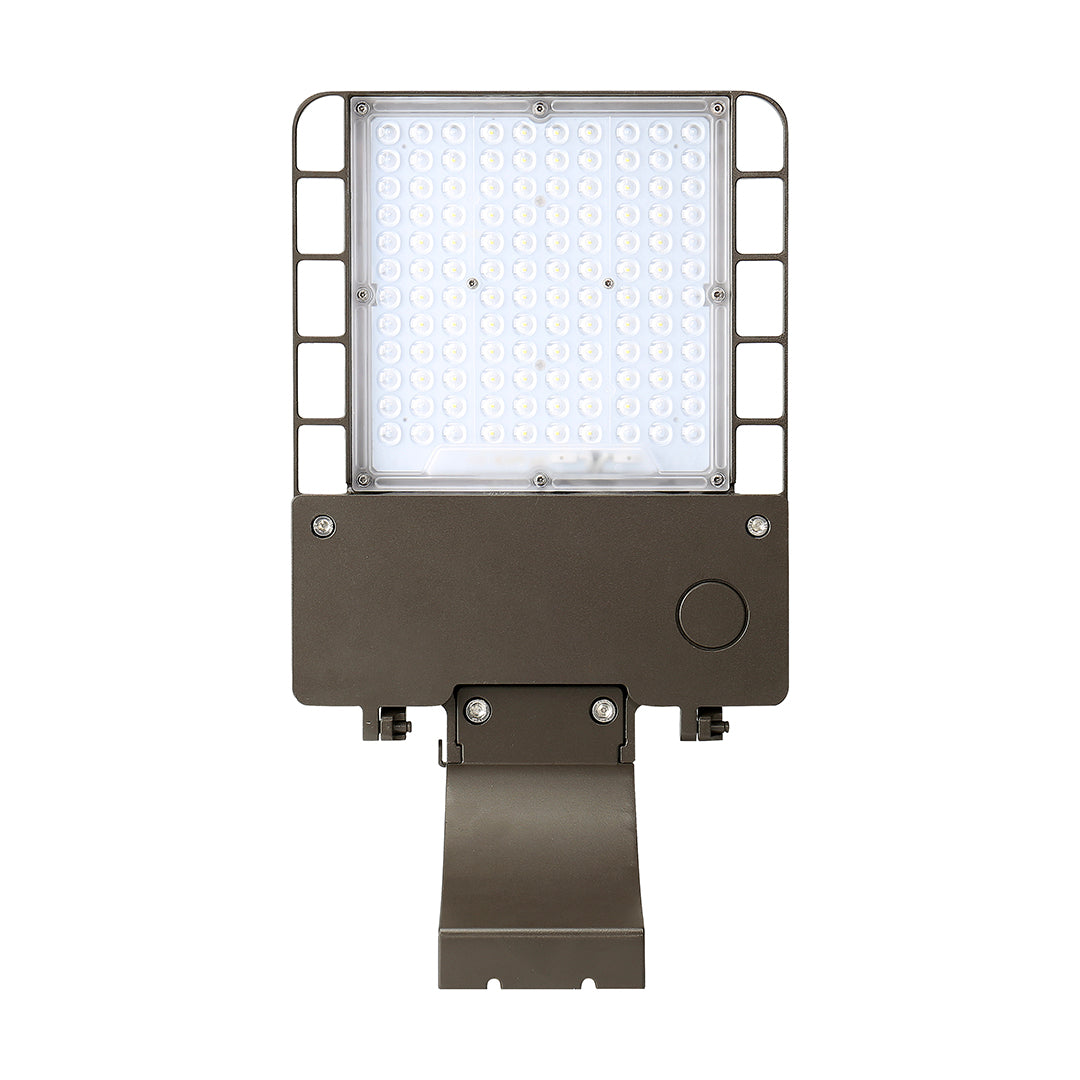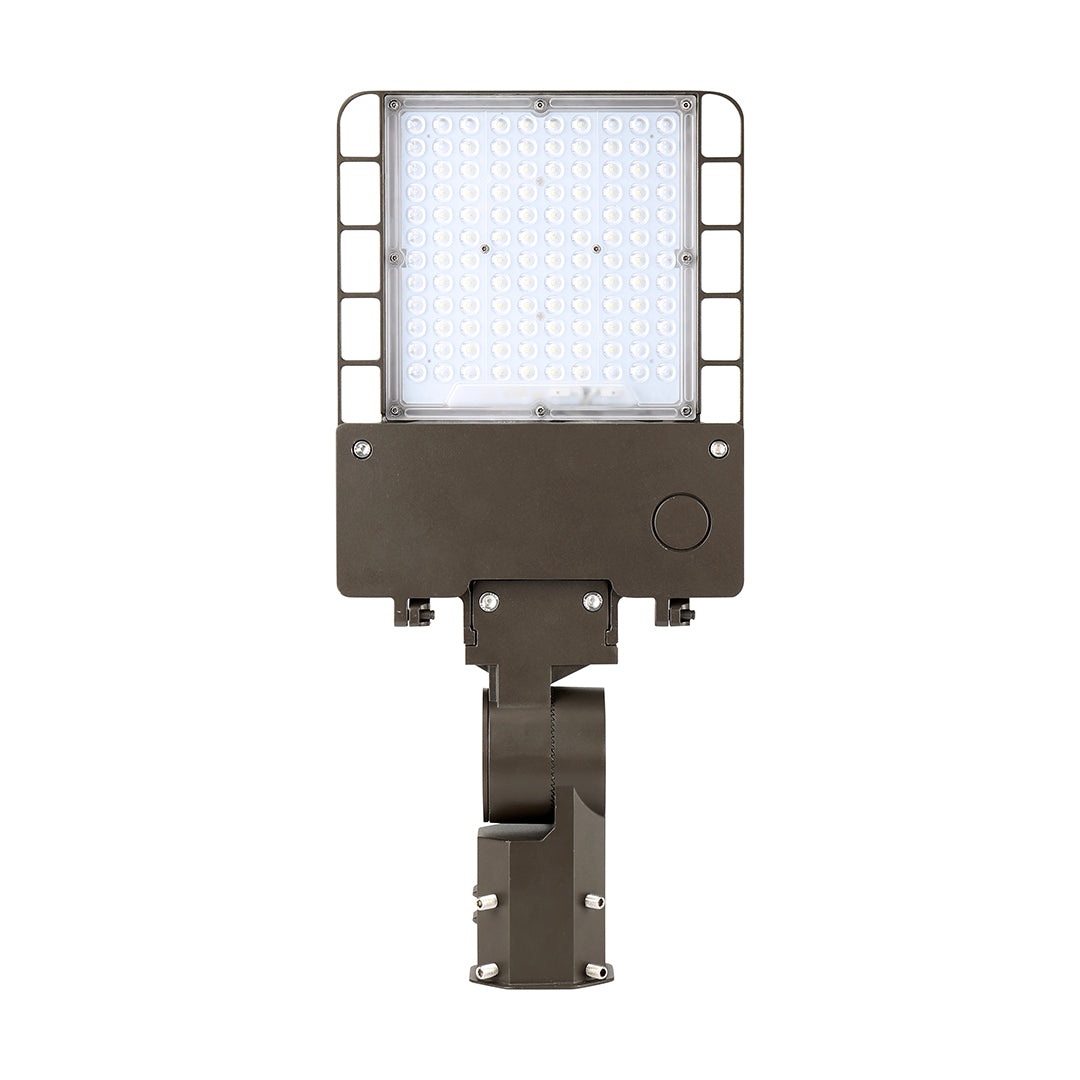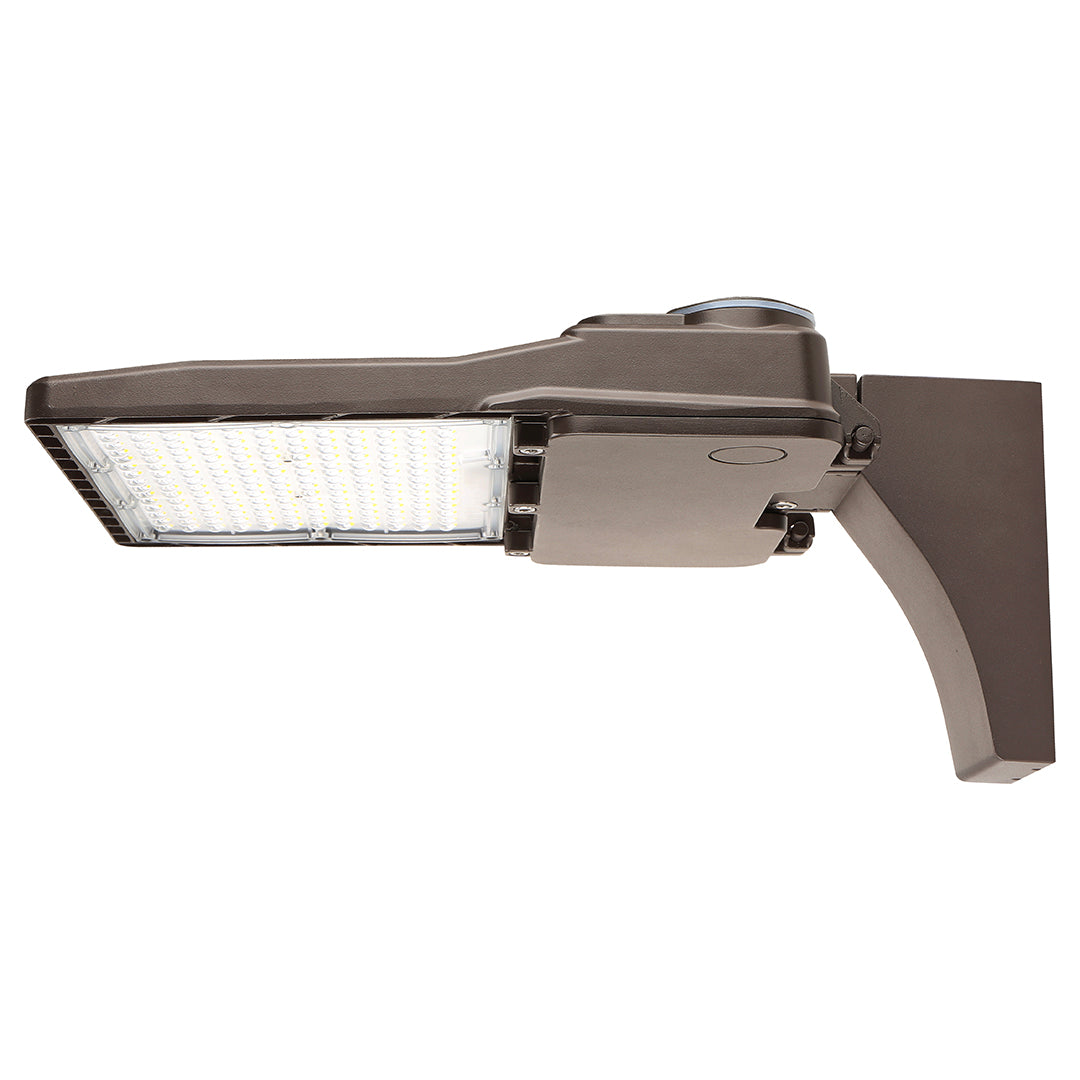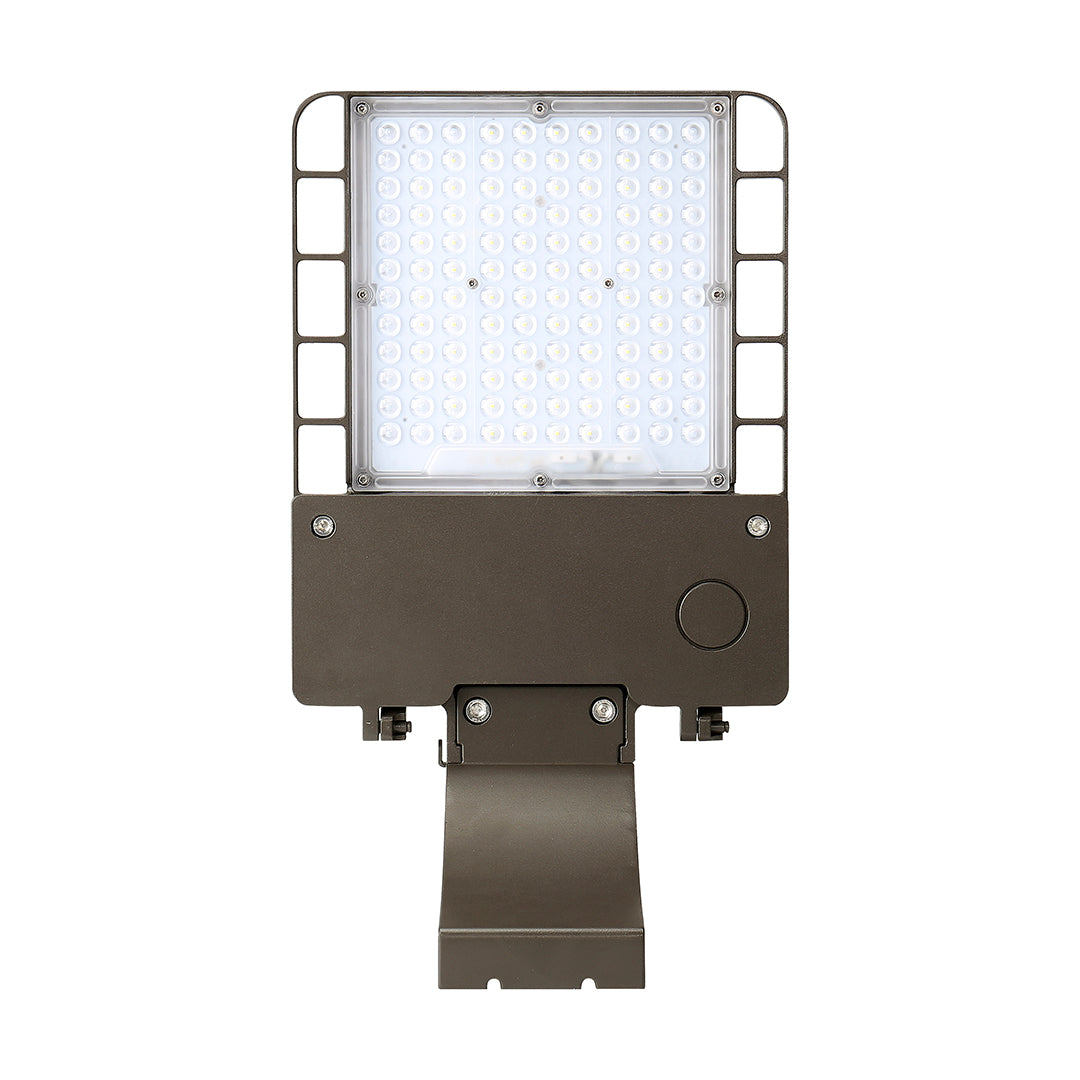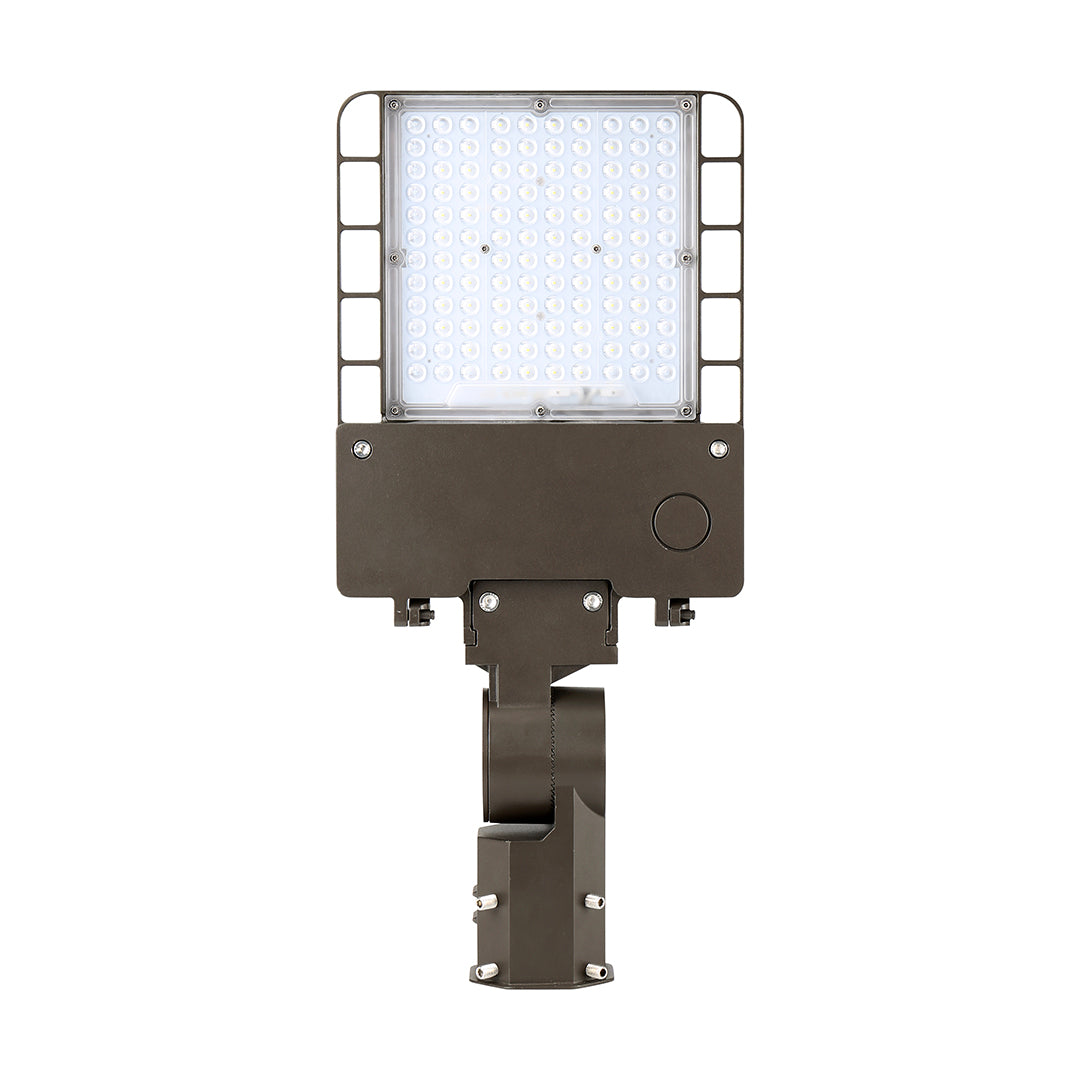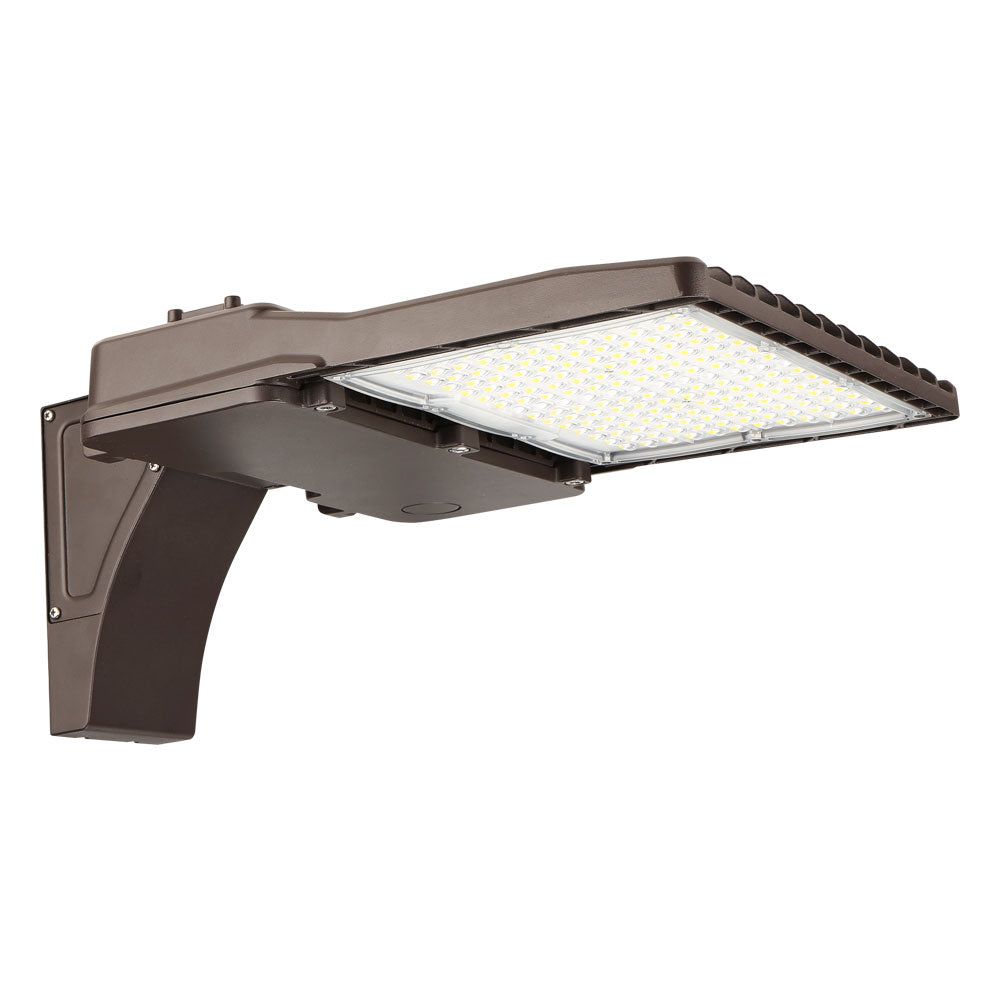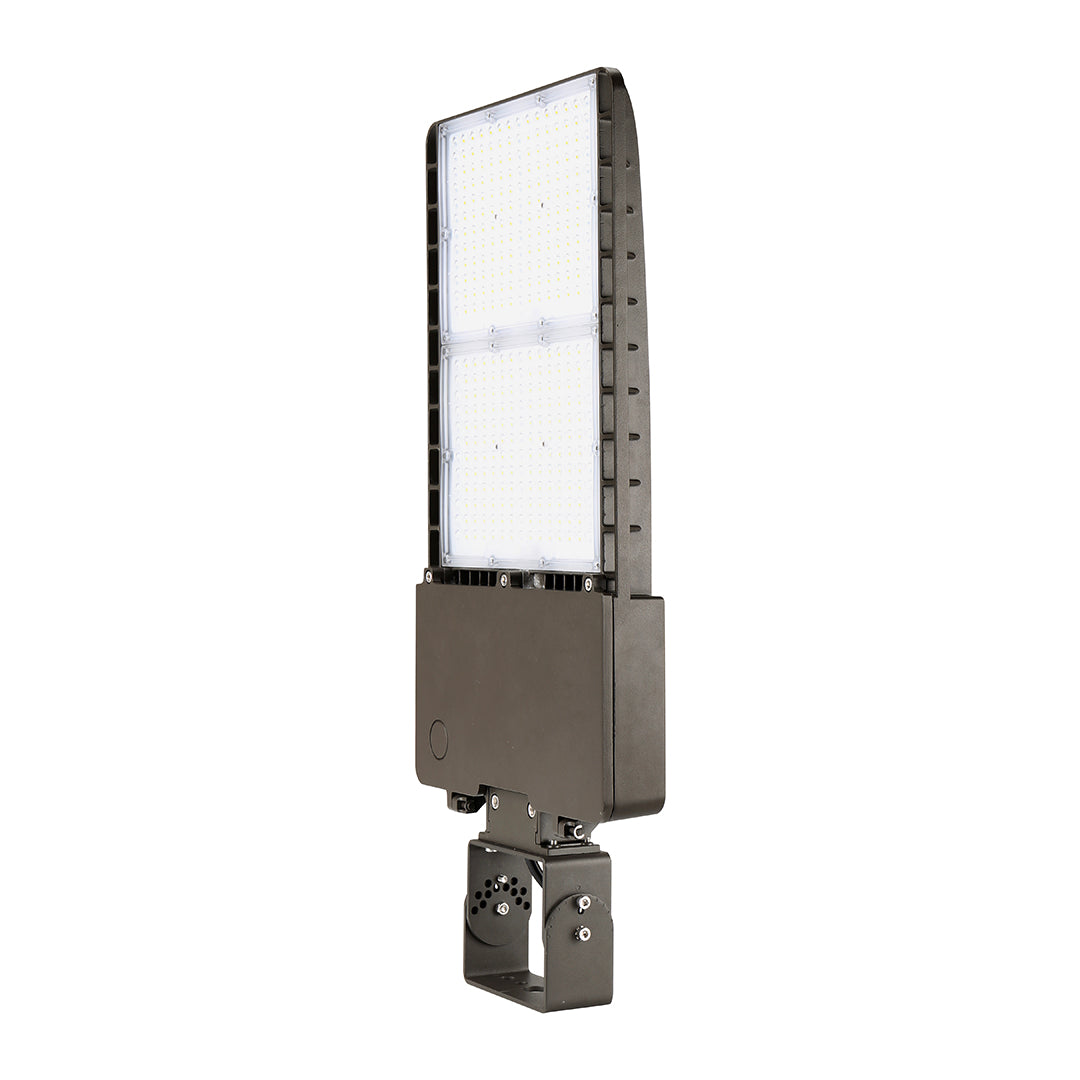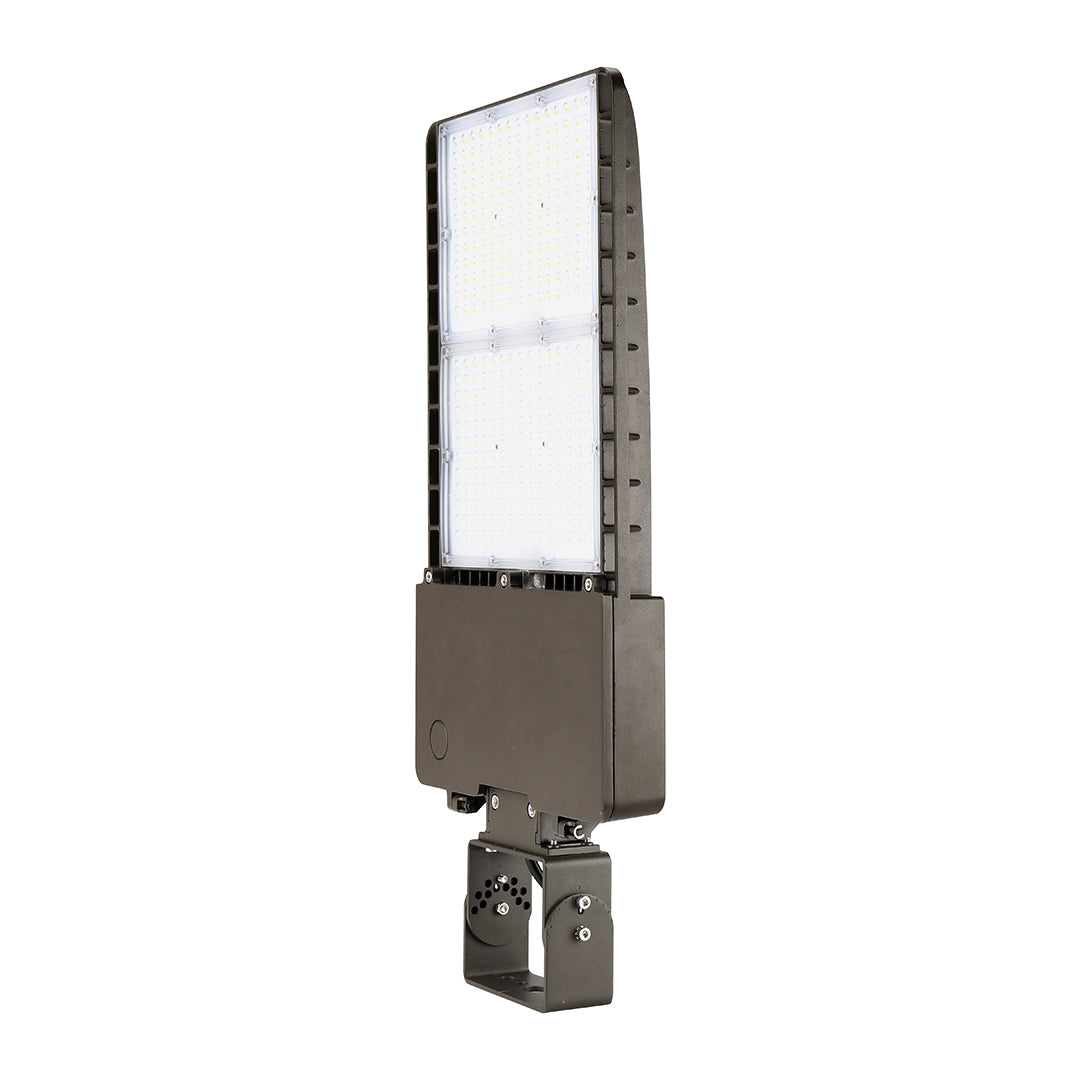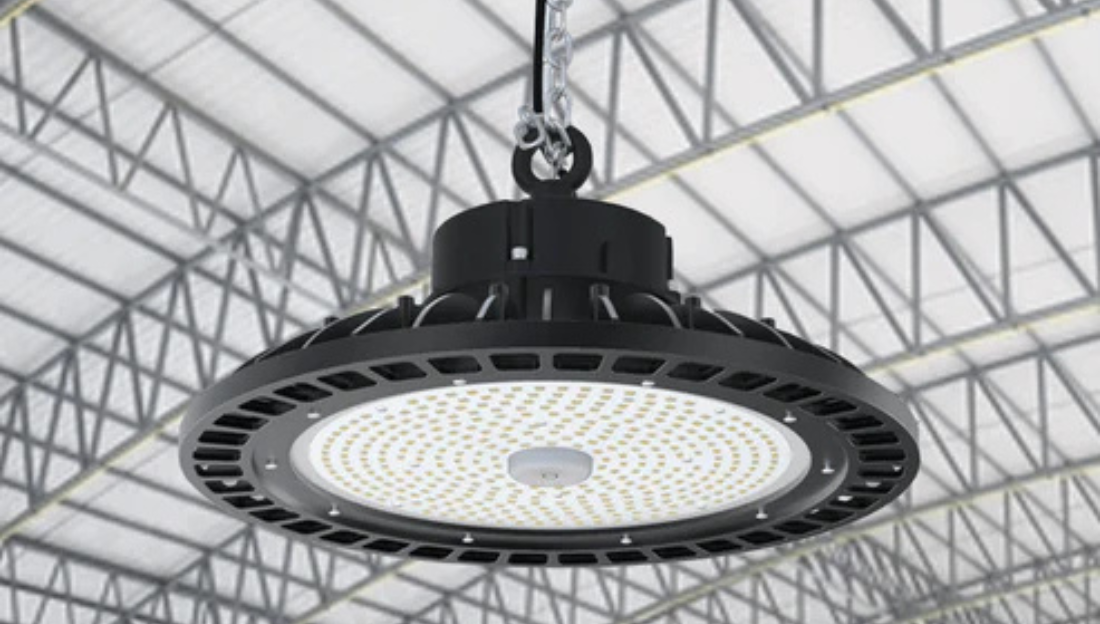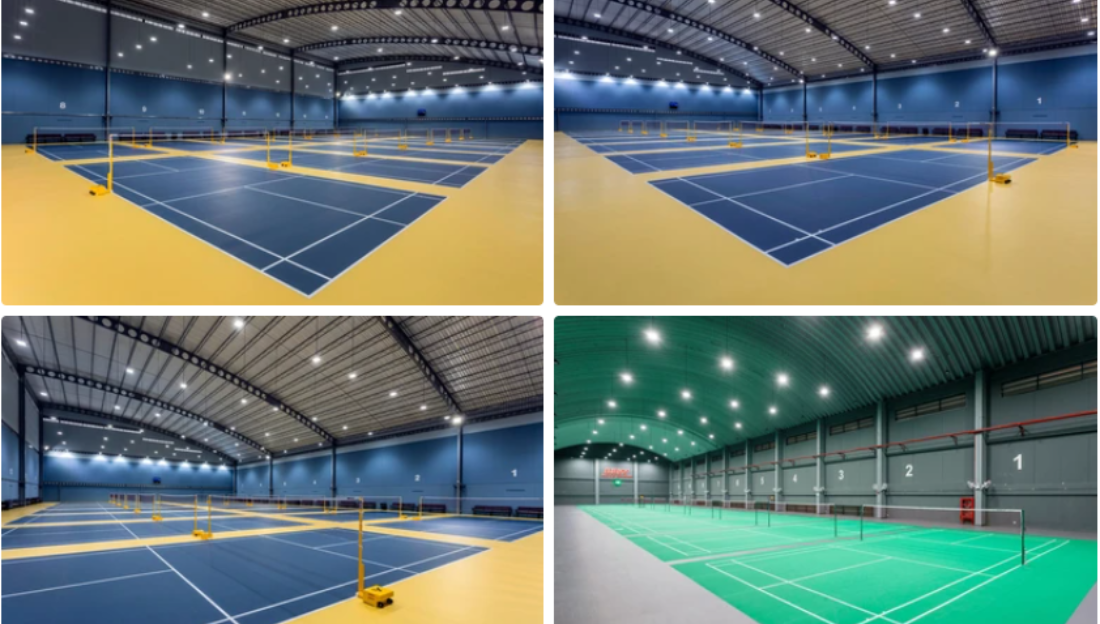LED pole lights are an essential component for outdoor lighting, offering superior illumination, energy efficiency, and longevity. Whether you need them for parking lots, streets, stadiums, or pathways, understanding their features, specifications, and benefits is crucial. Below is a comprehensive FAQ guide to help you make an informed decision.
1. What Are LED Pole Lights?
LED pole lights are outdoor lighting fixtures mounted on poles to provide illumination for roads, parking lots, walkways, and other large outdoor areas. They use Light Emitting Diode (LED) technology to produce bright, energy-efficient light with minimal maintenance.
2. What Are the Advantages of LED Pole Lights Over Traditional Lights?
-
Energy Efficiency: LEDs consume up to 80% less energy than HID, halogen, or incandescent lights.
-
Long Lifespan: With an average lifespan of 50,000+ hours, LED pole lights outlast traditional lighting options.
-
Better Light Quality: High Color Rendering Index (CRI) ensures accurate color perception and improved visibility.
-
Low Maintenance: Reduced need for frequent replacements and repairs.
-
Eco-Friendly: No toxic materials (e.g., mercury) and lower carbon footprint.

3. What Wattage and Lumens Are Required for LED Pole Lights?
The wattage and lumens required depend on the application. Below is a general guideline:
| Application | Wattage Range | Lumens Output |
|---|---|---|
| Residential Streets | 30W - 60W | 3,600 - 7,200 lm |
| Parking Lots | 100W - 300W | 12,000 - 40,000 lm |
| Highways | 150W - 400W | 18,000 - 52,000 lm |
| Stadiums | 400W - 1000W | 50,000+ lm |
A higher lumen output ensures brighter and more effective illumination.
4. What Is the Difference Between Type III, IV, and V Light Distribution?
-
Type III: Provides wide, forward-throw illumination, ideal for roadways and large parking areas.
-
Type IV: Offers semicircular distribution, perfect for perimeter lighting.
-
Type V: Delivers a circular, even light pattern, suitable for open areas such as plazas.
5. How Do You Choose the Right Color Temperature for LED Pole Lights?
Color temperature is measured in Kelvin (K) and affects visibility and ambiance:
-
3000K (Warm White): Softer, yellowish light, best for residential or decorative lighting.
-
4000K (Neutral White): Balanced light, suitable for pathways and general lighting.
-
5000K - 5700K (Cool White/Daylight): Crisp, high-visibility lighting ideal for parking lots and security applications.
6. What Is the Importance of IP and IK Ratings in LED Pole Lights?
-
IP Rating (Ingress Protection): Determines resistance to dust and water. Common ratings include:
-
IP65: Water-resistant, suitable for outdoor conditions.
-
IP67: Waterproof, ideal for areas with heavy rain exposure.
-
-
IK Rating (Impact Resistance): Measures protection against physical impact.
-
IK08-IK10: Suitable for areas prone to vandalism or harsh weather.
-
7. Do LED Pole Lights Support Motion Sensors and Dimming?
Yes! Many LED pole lights are available with motion sensors that adjust brightness based on movement. Dimmable options allow for energy savings when full brightness isn’t required.

8. How High Should LED Pole Lights Be Installed?
The height of pole lights depends on the area being illuminated:
| Application | Pole Height |
|---|---|
| Sidewalks | 10-15 ft |
| Parking Lots | 15-30 ft |
| Highways | 30-50 ft |
| Sports Fields | 40-100 ft |
The higher the pole, the more powerful the LED fixture should be.
9. What Is the Difference Between Arm Mount, Slip Fitter, and Yoke Mount?
-
Arm Mount: Directly attaches to square or round poles.
-
Slip Fitter Mount: Adjustable mount for precise light angling.
-
Yoke Mount: Provides flexible positioning for wall or ground installation.
10. How Can LED Pole Lights Help Reduce Light Pollution?
LED pole lights with cutoff optics and dark sky compliance reduce upward light emission, minimizing light pollution and improving night sky visibility.

11. Are LED Pole Lights Solar-Powered?
Some models feature solar panels, making them independent of the power grid. Solar LED pole lights are ideal for remote locations and energy savings.
12. How Do You Maintain LED Pole Lights?
-
Regularly clean the fixture and lens to prevent dust buildup.
-
Check for any physical damage or water ingress.
-
Ensure electrical connections are secure and corrosion-free.
-
Replace defective drivers or photocells when needed.
13. Can LED Pole Lights Be Used in Extreme Weather Conditions?
Yes, high-quality LED pole lights are designed to function in extreme temperatures (-40°F to 140°F) and withstand heavy rain, snow, and wind.
14. How Do LED Pole Lights Improve Security?
Bright LED lighting enhances visibility, deterring crime and improving pedestrian and vehicle safety. Motion sensors and dusk-to-dawn photocells add further security benefits.
15. Are LED Pole Lights Eligible for Rebates and Incentives?
Many utility companies offer energy rebates for LED lighting upgrades. Look for DLC-certified (DesignLights Consortium) fixtures to qualify for incentives.
Conclusion
LED pole lights are a smart investment for outdoor lighting, providing energy savings, durability, and superior illumination. By choosing the right wattage, mounting type, and color temperature, you can optimize lighting performance for any application.
Have more questions? Drop them in the comments below or reach out to us for expert advice!



